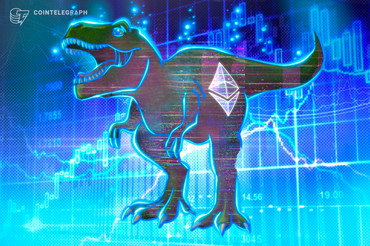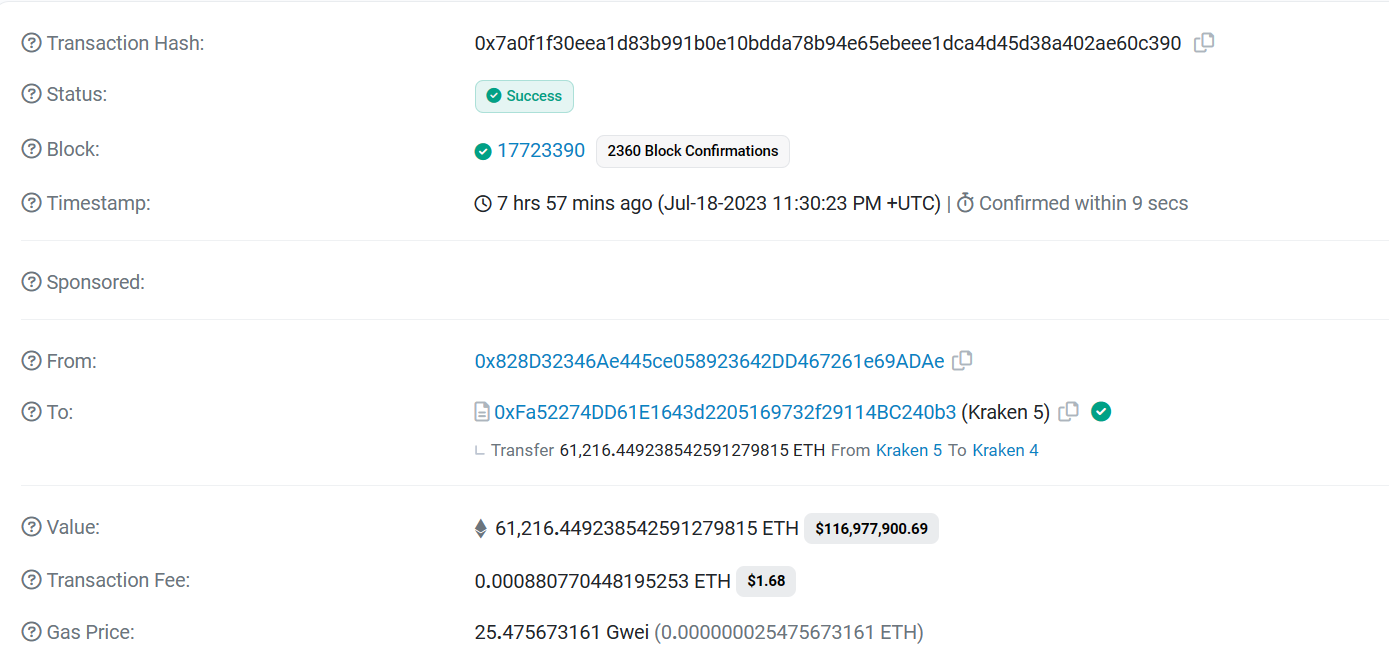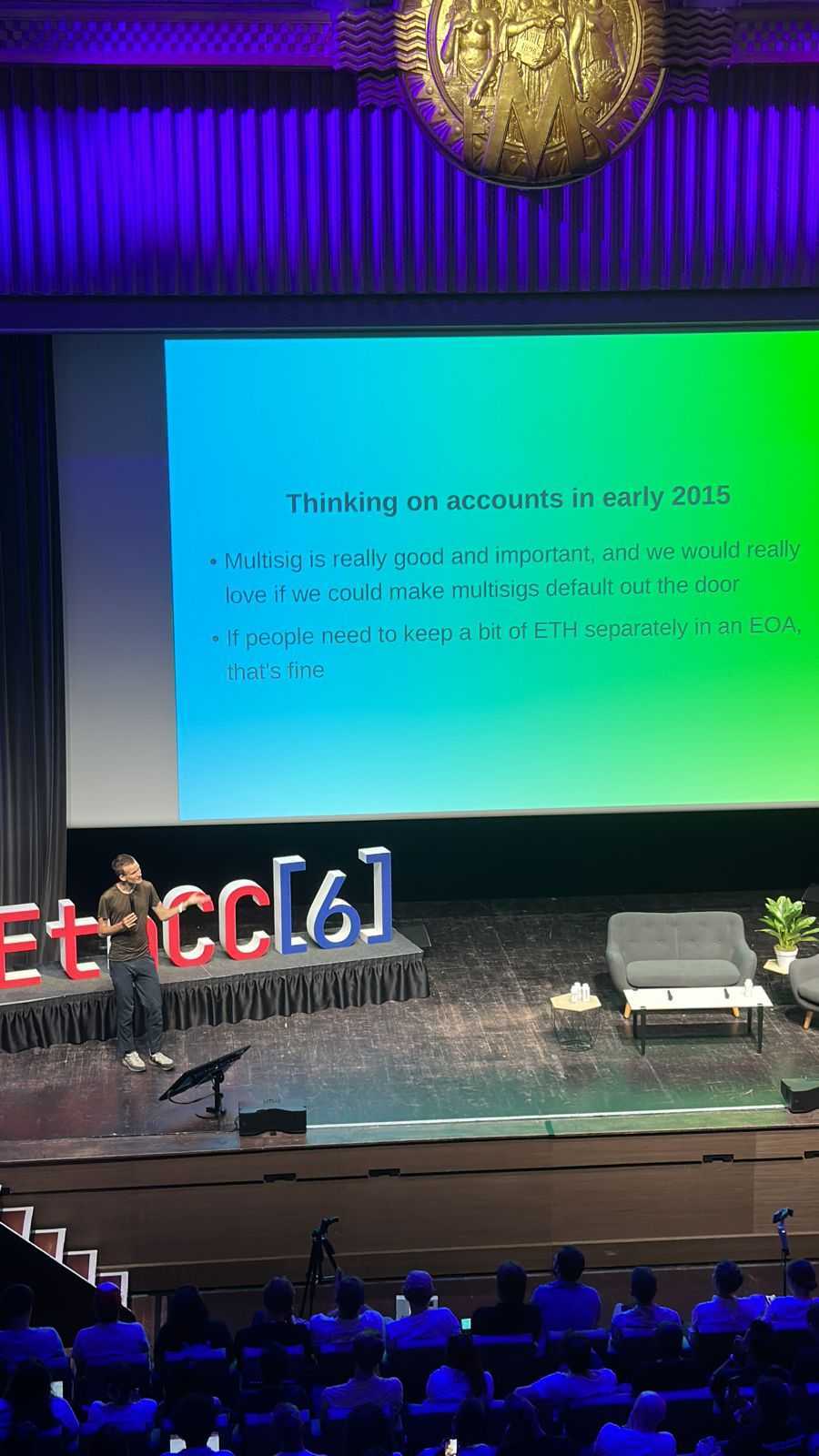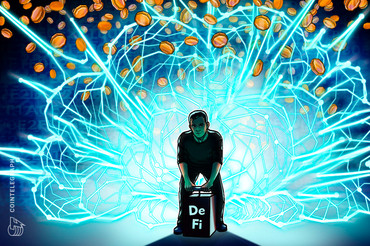During the pre-mine period, the 61,216 Ether was worth roughly $20 million, but eight years later, it’s worth more than $116 million.

A wallet address containing pre-mined Ethereum worth $116 million moved its entire stash of 61,216 Ether ETH$1,894to an address on the Kraken crypto exchange after being dormant for eight years.
In June 2014, the Ethereum ecosystem conducted a sale event, allowing early team members and co-founders to participate and accumulate pre-mined Ether when the network could not generate tokens on its own.
During the pre-mine period, Ether traded at $300–$400, placing the wallet’s worth at roughly $20 million. However, eight years later, the tokens are worth more than $116 million at the time of writing.
Etherscan data confirms that the pre-mined 61,216 ETH were transferred to a Kraken wallet address on July 18 at 7:30 pm Eastern Time. Sending $116 million in Ether required a minuscule transaction fee of $1.5 and 25.475673161 gwei in gas price, as shown in the below screenshot.

While the identity of the wallet owner remains unknown, it showcases the importance of hodling — an investment strategy that prioritizes the long-term accumulation of crypto tokens.

The screenshot above shows that the owner of the 61,216 ETH took a cautious approach to ensure no loss of funds due to human error. Before commencing the whale transaction by sending a test transaction with 0.05 ETH to the Kraken address.
Related: Ether whale population drops after Shapella — Will ETH price sink too?
On July 18, at the Ethereum Community Conference event in Paris, Ethereum co-founder Vitalik Buterin shared some challenges in implementing a new feature on the blockchain.

According to Buterin, account abstraction extensions, generally called “paymasters,” can allow users to pay their fees with “whatever coins that they are transferring.”
Along with the potential benefits of account abstraction for users, Buterin also recognized that developers still need to overcome challenges, such as requiring an Ethereum Improvement Proposal to upgrade current Ethereum externally-owned accounts — normal user accounts — into smart contracts and ensuring the protocol works similarly in layer-2 solutions.
Collect this article as an NFT to preserve this moment in history and show your support for independent journalism in the crypto space.


